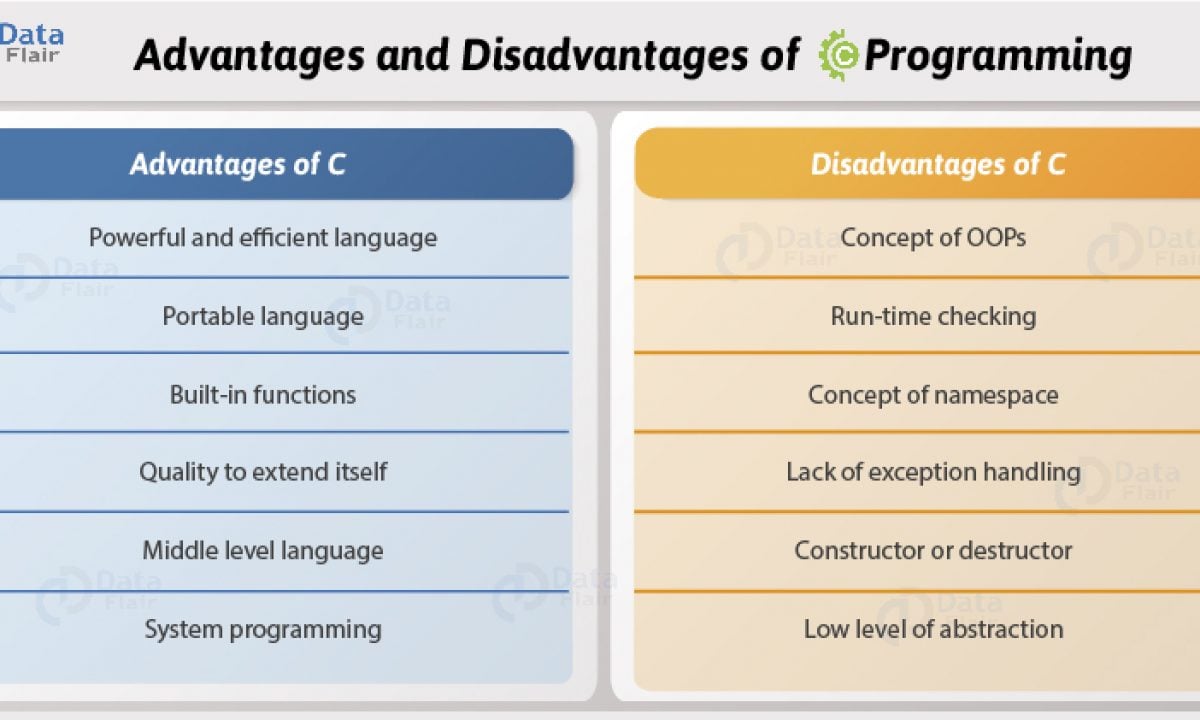C-Programming is a language developed at AT & T’s Bell Laboratories of the USA in 1972. It was designed and written by a man named Dennis Ritchie. In the late seventies, C began to replace the more familiar languages of that time like PL/I, ALGOL, etc.
It was initially designed for programming UNIX operating system. Now the software tool, as well as the C compiler, is written in C.
C seems so popular is because it is reliable, simple, and easy to use. often heard today is – “C has been already superseded by languages like C++, C# and Java.
A computer program is just a collection of the instructions necessary to solve a specific problem. The basic operations of a computer system form what is known as the computer’s instruction set. And the approach or method that is used to solve the problem is known as an algorithm.

So for a programming language concern, these are of two types.
1) Low-level language.
2) High-level language.
Low-level language
Low-level languages are machine-level and assembly-level languages. In machine-level language computers only understand digital numbers i.e. in the form of 0 and 1. The assembly language is on other hand modified version of the machine-level language. Where instructions are given in English like words as ADD, SUM, MOV, etc.
High-level language:
These languages are machine-independent, means it is portable. The language in this category is Pascal, Cobol, Fortran, etc. High-level languages are understood by the machine.
Integrated Development Environments (IDE)
The process of editing, compiling, running, and debugging programs is often managed by a single integrated application known as an Integrated Development Environment, or IDE for short. An IDE is a windows-based program that allows us to easily manage large software programs, edit files in windows, and compile, link, run, and debug programs.
Note: On Mac OS X, CodeWarrior and Xcode are two IDEs that are used by many programmers. Under Windows, Microsoft Visual Studio is a good example of a popular IDE
Structure of C-Programming Language program
1 ) Comment line
2) Preprocessor directive
3 ) Global variable declaration
4) main function( )
{
Local variables;
Statements;
}
User defined function()
{}
/*First c program with return statement*/
#include <stdio.h>
int main (void)
{
printf (“Welcome to c Programming language.\n”);
return 0;
}
Output: Welcome to c programming language
C has the following 4 types of data types
- Basic built-in data types: int, float, double, char
- Enumeration data type: enum
- Derived data type: pointer, array, structure, union
- Void data type: void
There are two types of type qualifier in c:
- Size qualifier: short, long
- Sign qualifier: signed, unsigned

Operator
| 1. Arithmatic Operator | such as +,-, ++, –,addition, subtraction, multiplication, division. Binary arithmetic |
| 2.Assignment Operator | For example, int x= y; int Sum=x+y+z; |
| 3.Increment and Decrement | Example let y=12; z= ++y; y= y+1; z= y; |
| 4.Relational Operator | a.(a>=b) || (b>20) b.(b>a) && (e>b) c. 0(b!=7) |
| 5. Conditional Operator | Example void main() { int a=10, b=2 int s= (a>b) ? a:b; printf(“value is:%d”); } Output: Value is:10 |
| 6. Comma Operator: | int i, j, k, l; for(i=1,j=2;i<=5;j<=10;i++;j++) |
| 7. Sizeof Operator: | EXAMPLE main( ) { int sum; float f; printf( “%d%d” ,size of(f), size of (sum) ); printf(“%d%d”, size of(235 L), size of(A)); } |
8. Bitwise Operator
| one’s complement | (~) |
| bitwise AND | (&) |
| bitwise OR | (|) |
| bitwise Exclusive OR | (^) |
| left shift | (<<) |
| right shift | (>>) |
9. Logical or Boolean Operator
| && | AND |
| || | OR |
| ! | NOT |
Loops in C– language
There are three types of loops in c
1.While loop
2. Do while loop
3. For loop
Program — How to Draw a Cricle
#include<graphics.h>
#include<conio.h>
void main()
{
int gd=DETECT, gm;
initgraph(&gd, &gm, “c:\\turboc3\\bgi ” );
circle(200,100,150);
getch();
closegraph();
}


Book Pdf Download
